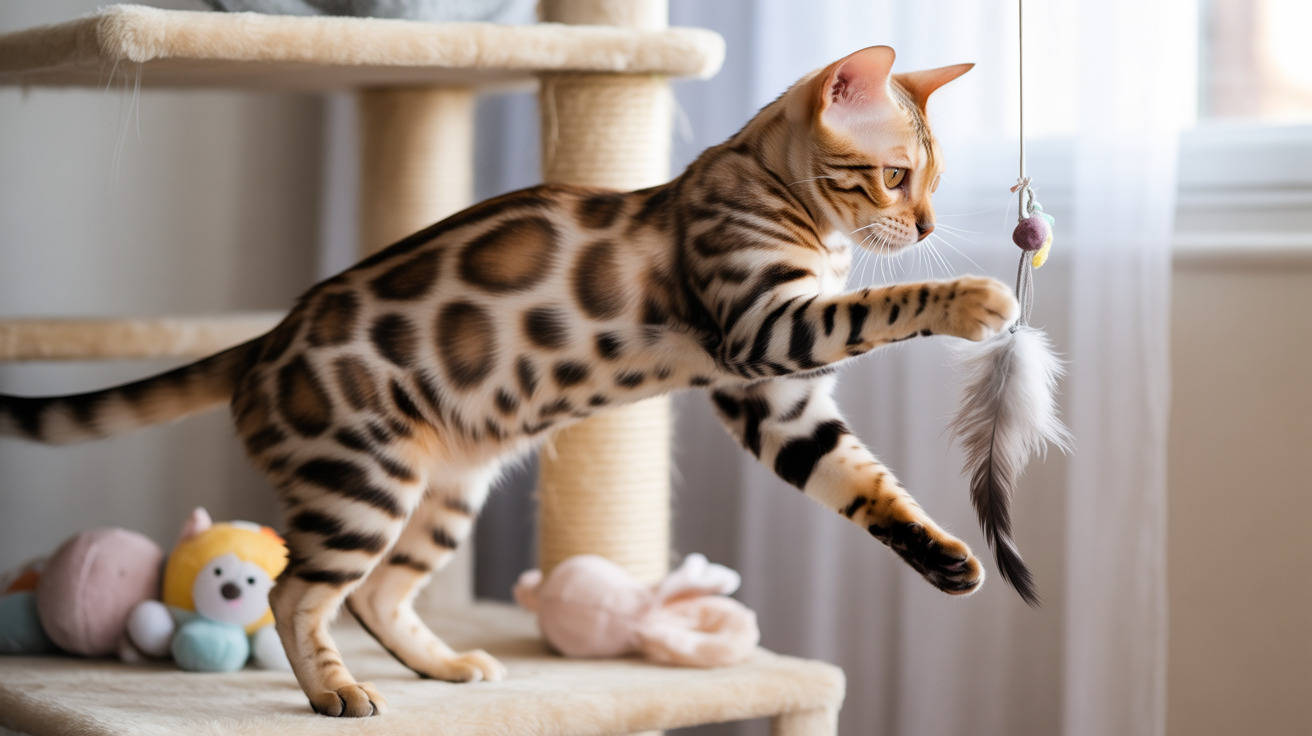Understanding How Much Indoor Cats Should Sleep
Sleep is vital to a cat's overall health and well-being. For indoor cats, sleep helps in energy conservation, cognitive functioning, and maintaining a strong immune system. But how much sleep is considered normal, and when should it raise concern?
The Typical Sleep Cycle of Indoor Cats
Cats are naturally crepuscular animals, meaning they are most active during the early morning and evening hours. To compensate for periods of high activity, cats engage in what’s known as a polyphasic sleep pattern, sleeping multiple times throughout the day.
- Adult indoor cats: 12–16 hours per day
- Kittens: up to 20 hours per day, due to rapid growth and development
- Senior cats: up to 18–20 hours daily, due to decreased activity and aging-related health changes
Cats often take brief catnaps ranging from 15 to 30 minutes, which allow them to rest while remaining semi-alert. During deeper sleep cycles, cats enter both NREM (non-rapid eye movement) and REM (rapid eye movement) phases. In REM sleep, they may twitch or make noise, indicating they are dreaming.
Factors Influencing a Cat’s Sleep
Several variables can change how often and how long a cat sleeps. These include:
- Breed: Some breeds are naturally more active or more laid-back than others.
- Diet: A nutritious diet influences a cat’s energy levels and sleep needs.
- Lifestyle: Indoor cats may sleep more than outdoor counterparts due to reduced stimulation.
- Mental stimulation: Lack of toys or interaction often leads to increased sleep from boredom.
It's important to monitor changes in sleep habits, as they may signal underlying issues.
Medical Conditions That Affect Sleep
If a typically active indoor cat begins sleeping significantly more or less than usual, it could indicate a medical problem. Common conditions include:
- Hyperthyroidism
- Diabetes
- Kidney or liver disease
- Heart disease
- Cancer
- Injuries like muscle strains or torn ligaments
- Arthritis causing restless or uncomfortable sleep in older cats
Behavioral signs such as loss of appetite, weight changes, increased irritability, or lethargy should prompt a veterinarian visit.
Why Cats Sleep So Much
Cats sleep not just from laziness, but for energy conservation. Hunting, even simulated in play, consumes a lot of energy. Sleep helps build up reserves for high-energy activities. It also plays a central role in:
- Memory retention
- Immune system function
- Stress reduction
Encouraging Healthy Sleep in Indoor Cats
To ensure your cat gets quality sleep, follow these practical tips:
- Provide a comfortable and secure sleeping area, such as a warm bed or cozy hideaway.
- Stick to a consistent routine — same feeding and play times help regulate sleep cycles.
- Stimulate mental and physical activity with interactive toys, play sessions, and puzzle feeders.
- For senior or arthritic cats, add orthopedic bedding and quiet zones to minimize discomfort.
- Avoid waking a deeply sleeping cat to allow restorative REM sleep.
When to Consult a Veterinarian
Small shifts in sleep patterns are normal. However, be alert to:
- Sudden increase or decrease in sleep duration
- Low energy combined with loss of appetite, vomiting, or weight loss
- Vocalization or behavioral changes during rest
If your cat shows these symptoms, consult a veterinarian promptly for diagnosis and care.
Conclusion
Indoor cats naturally sleep much of the day, averaging between 12 and 16 hours. Variations are normal depending on age, health, and environment. Watch for sudden shifts and support your feline friend with a consistent, enriching routine and a quality sleeping space.





